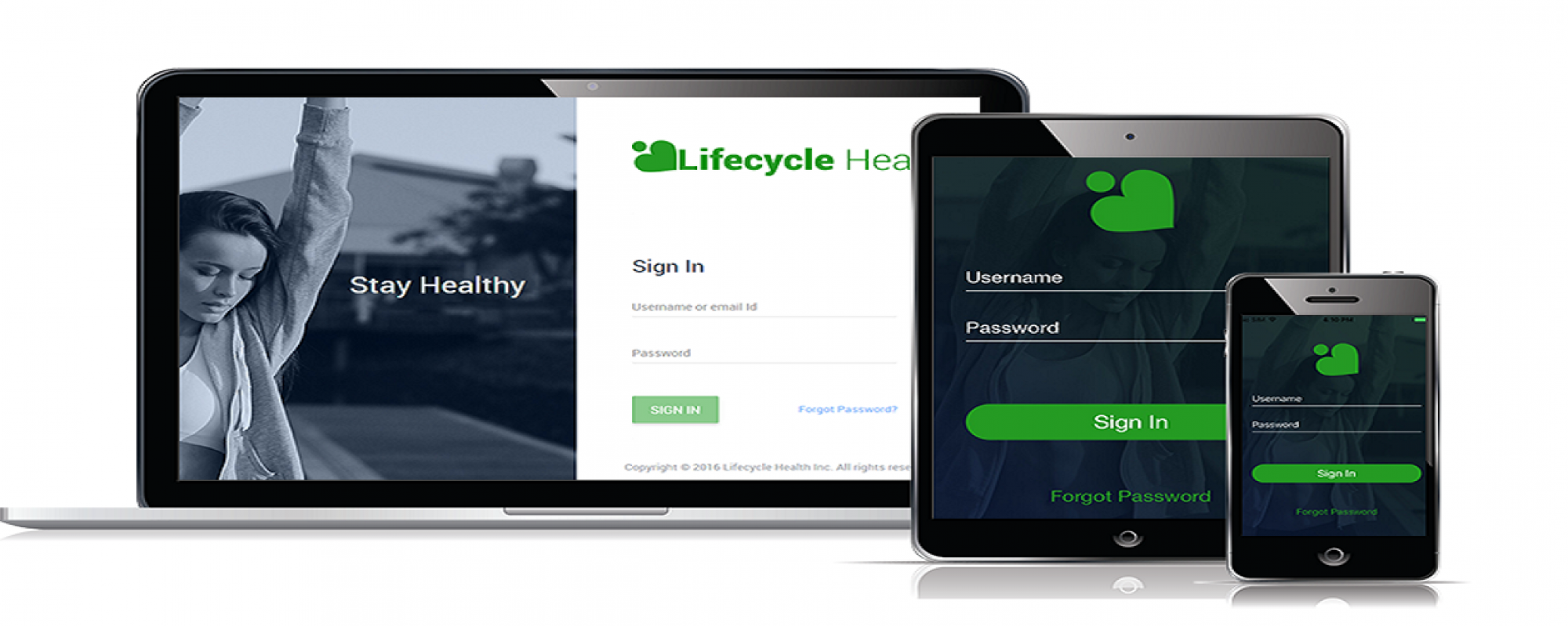The need to finance the diagnosis and treatment of behavioral health problems in primary care settings was acknowledged by medical surveys from over 20 years ago. But until recently, there were no financial incentives for integrated behavioral healthcare services. Thankfully that’s all set to change.
There is a significant movement towards integration as more healthcare providers are acknowledging the need to address the impact of behavioral health on chronic diseases such as diabetes and cardiovascular disease, but the actual catalyst here is the value-based directives to provide better-quality and cost-efficient care. There is also reimbursement starting for monitoring and following patients that should also improve outcomes, and get healthcare proactively focused on patients post-treatment.
About Substance Abuse
An estimated 25 million Americans are directly affected by substance abuse. If you take into consideration those who are indirectly affected by the same – such as the families of abusers or the people injured/killed by intoxicated drivers, an additional 40 million people can be factored into the equation.

Substance abuse exacts a heavy financial toll on not just the individual, but also the community and the economy – resulting from the reduced productivity, health care costs, accidents, property damage and so on. Though over 10 million adults are afflicted by the progressive disease of alcoholism, an additional 12.5 million Americans are estimated to be addicted to drugs such as barbiturates, opiates, sedatives, psycho-stimulants and so on.
Prescription drug abuse is quite common, but how do you know if you are having a substance abuse problem? Does having a drink a day count as alcohol abuse? How do you know where that fine line is? If you are worried whether you or your loved one is addicted, look out for the following warning signs:
- Is the substance being used on a regular basis? This may be on a daily basis, weekends or in binges.
- Feelings of guilt regarding substance use.
- Failed attempts to stop using the substance.
- Feelings of anger or defensiveness when someone comments about the substance use
- Withdrawal symptoms such as trembling, sweating, hallucinations and high blood pressure.
The Link Between Substance Abuse And Behavioral Health
When a person is diagnosed to have both substance abuse and mental health problems such as depression, or anxiety, it is called a dual diagnosis. Known as co-occurring disorders, having such additional mental health issues make it harder to overcome the substance abuse problems.

As per a report from the Journal of the American Medical Association,
- 37% of alcohol abusers and 53% of drug abusers also have at least one serious mental illness.
- Of all people diagnosed as mentally ill, 29 percent abuse either alcohol or drugs.
- The National Alliance on Mental Illness revealed that 10.2 million American adults suffer from co-occurring mental health and addiction disorders.
Though a specific cause for substance abuse cannot be established, a combination of hereditary, environmental and social factors can be held to blame.
Substance Abuse And Behavioral Health Treatments
Treating behavioral health issues often include lifestyle changes and medication while overcoming substance abuse may require a variety of therapies which are all geared towards abstinence. Substance abuse treatments mostly involve detoxification, managing of withdrawal symptoms and behavioral therapy. Counseling that involves group and individual guidance, as well as peer support, is equally important for both cases.
Effective treatment of co-occurring disorders requires an integrated approach. The substance abuse problem and the mental disorder have to addressed and treated together. Patient care continuum is an important factor here. Irrespective of which issue occurred first, long-term recovery from both involves simultaneous treatments by the same team of treatment care providers. The continuum of patient care ensures the delivery of healthcare over a longer period of time. This creates a support system for the patients and encourages them to abstain from substance abuse.
To enhance the chances of successful recovery in the outpatient setting and to reduce readmission, behavioral health services should implement the following value-based care models:
1. ENGAGING PATIENTS AND BUILDING TRUST
Behavioral healthcare providers should partner directly with the patient and his care team to plan and execute patient-centered recovery initiatives. Such a team effort that engages the patient helps establish essential outpatient services, enhances discharge planning, and routine outpatient follow-ups. 
Psychotherapy is another treatment that helps patients understand their own behavior as well as motivations. This approach also aids in developing self-esteem and coping with stress. Telehealth software is handy for quick health consultations or medical support, so behavioral healthcare services should implement this system wherever possible and ensure it is affordable to the overall community.
2. OPTIMIZING THE EHR
If you are a healthcare provider, it is not enough to just have an Electronic Health Record (EHR) system. For better documentation and analytics, the EHR should be updated or augmented with a patient management and engagement solution to support documentation of community care coordination, follow-up appointments and transmission of discharge records.
EHR is also a useful tool for goal setting meetings with the patient and their families. An enhanced EHR system with a patient management/engagement solution can help you monitor and evaluate the process of care as well as the outcome measures.
3. PEER SUPPORT SPECIALIST AND GROUPS
Social determinants of health play a vital role in understanding the causes of substance abuse in specific communities. Understanding the cause helps to deal with it and neutralize threats that cause recovering addicts to revert to the drug/alcohol abuse.
A peer support specialist can foster a trusting relationship with the patient and act as his advocate. A person diagnosed with a mental health diagnosis, but has been in recovery for at least a year can get a peer support specialist certification. Such individuals participate-in or run recovery groups.
An effective patient management tool that allows messaging, virtual check-ins, and can be as mobile as the patient can make an impact on this relationship and trust-building interactions.
They are better equipped to motivate patients to participate in care planning and encourage outpatient follow-ups to maintain recovery. They also lend their support during a crisis, as needed. Self-help groups like Alcoholics Anonymous have been found to be extremely effective in establishing a support network.
Reference:



